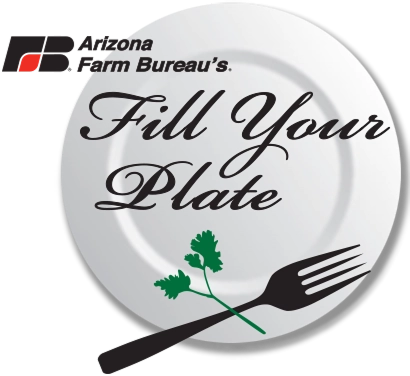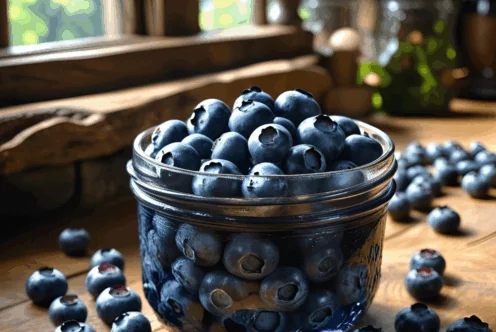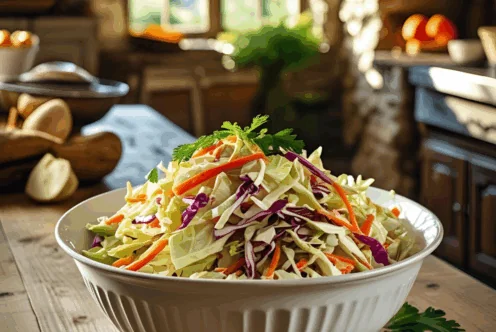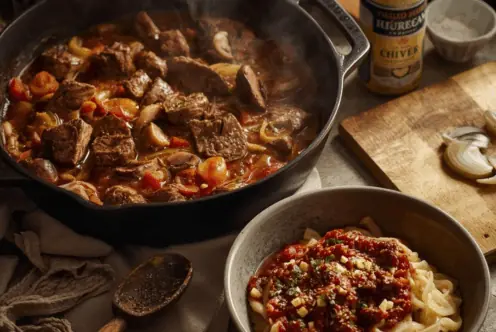Blog
Mediterranean Diet on a Budget

In recent years, the Mediterranean diet has gained tremendous popularity worldwide, celebrated not only for its delicious flavors but also for its extensive health benefits. From medical experts to everyday people seeking healthier lifestyles, many are turning to this eating pattern as a sustainable and enjoyable way to improve overall well-being. The Mediterranean diet is inspired by the traditional eating habits of countries bordering the Mediterranean Sea, such as Greece, Italy, and Spain. It emphasizes fresh fruits and vegetables, whole grains, legumes, nuts, seeds, healthy fats like olive oil, and moderate amounts of fish and poultry. Even in places far from the Mediterranean, such as Arizona, many of the ingredients required for this diet are locally available, making it accessible to a wide range of people.
Numerous studies and experts, including registered dietitian-nutritionist Janet Helm, have highlighted that individuals who adhere to the Mediterranean diet are more likely to maintain a healthy weight and have a reduced risk of chronic conditions such as heart disease, diabetes, and certain types of cancer. Despite these well-documented benefits, a common misconception is that the Mediterranean diet is expensive and out of reach for those on a tight budget. However, with a few practical strategies and a bit of planning, it’s entirely possible to enjoy this nutritious way of eating without overspending. Below, you’ll find expert-backed tips and insights on how to adopt the Mediterranean diet in an affordable way.
| Strategy | Description |
|---|---|
| Make Whole Grains the Foundation of Your Meals | Whole grains such as brown rice, quinoa, wheat berries, farro, bulgur, barley, and whole-wheat pasta provide energy, fiber, and essential nutrients. They are cost-effective when purchased in bulk and can be used in salads, soups, side dishes, and main courses. |
| Incorporate Beans and Legumes for Protein and Satiety | Beans and legumes—including lentils, chickpeas, black beans, kidney beans, and cannellini beans—are affordable, rich in plant-based protein and fiber, and have a long shelf life. They are versatile and can be used in soups, stews, salads, grain bowls, or pureed into spreads like hummus. |
| Choose Canned Fish for Affordable Omega-3s | Canned fish like tuna, sardines, salmon, and anchovies are an economical way to enjoy omega-3-rich seafood. They store well, require no prep, reduce waste, and can be added to salads, pasta dishes, and sandwiches. |
| Prepare Fresh Vegetables and Homemade Dressings | Buying whole vegetables and chopping them at home is more affordable than pre-cut varieties. Homemade dressings—made from olive oil, vinegar, lemon, garlic, mustard, and herbs—are fresher, healthier, and free of additives found in bottled versions. |
| Utilize Frozen Vegetables for Convenience and Savings | Frozen vegetables retain nutrients due to flash-freezing and are often fresher than produce that has spent days in transit. They are budget-friendly, reduce waste, and work well in stir-fries, soups, casseroles, and side dishes. |
Make Whole Grains the Foundation of Your Meals
Whole grains play a crucial role in the Mediterranean diet, serving as a primary source of energy and fiber. These grains include options such as brown rice, quinoa, wheat berries, farro, bulgur, barley, and whole-wheat pasta. Not only are they highly nutritious, but they are also shelf-stable and widely available in bulk sections of most grocery stores. Purchasing whole grains in bulk is significantly more cost-effective than buying prepackaged products like bread, crackers, or ready-made pasta. You can incorporate whole grains into salads, soups, side dishes, and main courses, making them a versatile and budget-friendly staple.
Incorporate Beans and Legumes for Protein and Satiety
Beans and legumes—such as lentils, chickpeas, black beans, kidney beans, and cannellini beans—are cornerstone ingredients in Mediterranean cuisine. They are excellent sources of plant-based protein, fiber, vitamins, and minerals. Whether you opt for canned, fresh, or dried varieties, beans are affordable and have a long shelf life, which helps prevent food waste. Dried beans are particularly economical, especially when purchased in bulk, and can be cooked in large batches and frozen for later use. Beans can be used in soups, stews, salads, grain bowls, and even pureed into spreads like hummus, making them one of the most versatile and budget-friendly foods available.
Choose Canned Fish for Affordable Omega-3s
Seafood, especially fatty fish like salmon, sardines, and mackerel, is a hallmark of the Mediterranean diet due to its heart-healthy omega-3 fatty acids. However, fresh fish can be expensive and sometimes hard to find, particularly in landlocked regions. Canned fish offers a practical and affordable alternative that doesn’t compromise on nutrition. Varieties such as canned tuna, sardines, anchovies, and salmon are widely available, require no preparation, and can be stored for long periods. These options are perfect for adding to salads, pastas, sandwiches, or enjoyed on their own. Opt for fish canned in water or olive oil for extra health benefits. Canned seafood is not only cost-effective but also reduces food waste since it has a longer shelf life.
Prepare Fresh Vegetables and Homemade Dressings
Although pre-washed, pre-cut vegetables and bottled salad dressings can save time, they often come at a premium price. To make your grocery dollars stretch further, buy whole vegetables and chop them at home. This approach not only saves money, but also gives you more control over freshness and quality. In addition, homemade dressings are easy to make using pantry staples such as olive oil, vinegar, lemon juice, mustard, garlic, and a variety of herbs and spices. Making your own dressings eliminates unnecessary additives and preservatives commonly found in store-bought options, allowing you to enjoy fresher, healthier meals.
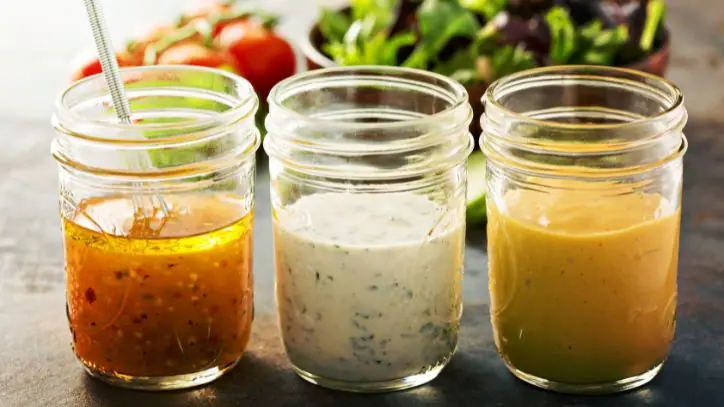
Utilize Frozen Vegetables for Convenience and Savings
Frozen vegetables are a budget-friendly and convenient way to include more vegetables in your Mediterranean meals. Because they are flash-frozen shortly after harvest, they retain most of their nutrients, flavor, and texture. In many cases, frozen vegetables can be even fresher than their ‘fresh’ counterparts, which may have spent days in transport and storage. Using frozen vegetables helps reduce waste, as you can use only what you need and keep the rest for later. They are perfect for stir-fries, soups, casseroles, and side dishes, providing the same nutritional benefits as fresh produce at a lower cost.
Eating high-quality, nutritious foods does not have to break the bank. By incorporating strategies like bulk shopping, meal planning, and preparing food at home, you can make the Mediterranean diet work for your budget. Take advantage of seasonal produce, local farmers’ markets, and community-supported agriculture (CSA) programs to further reduce costs and support local growers. Every small saving adds up, and over time, these habits can contribute to better health and financial well-being.
For more health-related articles, check out the Fill Your Plate blog!
By Heide Kennedy, Arizona Farm Bureau Communications Intern

